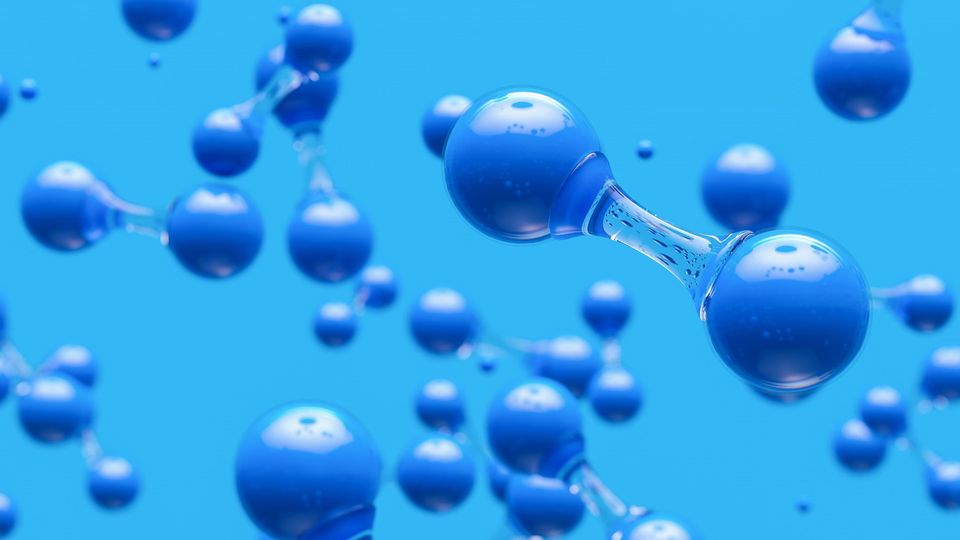Hydrogen Fuel Generated Using Stepwise Photo-Assisted Decomposition of Carbohydrates

Complete the form below to unlock access to ALL audio articles.
Hydrogen (H2), as a clean energy vector, can be produced via biomass photoreforming powered by solar light. For future biomass refining, biomass photoreforming deserves a high decomposition extent of biomass to maximize H2 production.
Recently, a research team led by Prof. WANG Feng, Dr. LUO Nengchao from the Dalian Institute of Chemical Physics (DICP) of the Chinese Academy of Sciences (CAS), in collaboration with Prof. Paolo Fornasiero from University of Trieste, proposed a "C-C bond-first" strategy and realized carbohydrates conversion into C1 liquid hydrogen carriers (LHCs, consisting of HCOOH and HCHO) over Ta-CeO2 photocatalyst. The LHCs could release H2 on site that was needed by either photo- or thermocatalysis.
This work was published in Joule on Jan. 31.
Currently, the main obstacle to high H2 yield is the far insufficient C-C bond breaking to convert biomass carbons into CO2 with maximization of H2 production.
In this study, the researchers demonstrated the significance of prioritized scission of C-C bonds in carbohydrates for photocatalytic hydrogen production and storage.
Want more breaking news?
Subscribe to Technology Networks’ daily newsletter, delivering breaking science news straight to your inbox every day.
Subscribe for FREEThe proposed "C-C bond first" strategy emphasized prioritized biomass conversion to liquid C1 LHCs via fully breaking the C-C bonds. A synergistic Ta-CeO2 that utilized the photo- and thermal energy from solar light fully broke the C-C bonds of carbohydrates, producing C1 LHCs comprising HCOOH and HCHO with yields from 62% to 86%.
They found that during photocatalytic oxidation of carbohydrates, the elevated temperature was adopted to inhibit deleterious radical coupling over the strongly distorted Ta-CeO2. The resulting C1 LHCs that could be transported released only H2 and CO2, independent of solar light irradiation. The yield of H2 from glucose was 33%, much higher than that of direct photoreforming of glucose.
This stepwise method was also exemplified by flow-type photocatalytic oxidation of glucose under concentrated solar light, which enabled 15% yield of C1 LHCs from glucose via a cumulative irradiation time of 15.5 hours.
"This work provides a new perspective for H2 production and storage by emphasizing the significance of the prioritized scission of biomass C-C bonds," said LUO.
Reference: Ren P, Gao Z, Montini T, et al. Stepwise photoassisted decomposition of carbohydrates to H2. Joule. 2023;0(0). doi: 10.1016/j.joule.2023.01.002
This article has been republished from the following materials. Note: material may have been edited for length and content. For further information, please contact the cited source.

